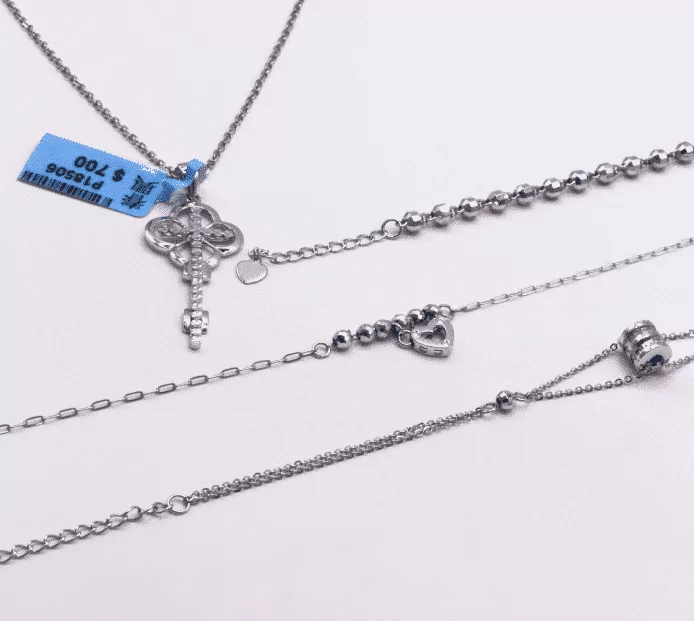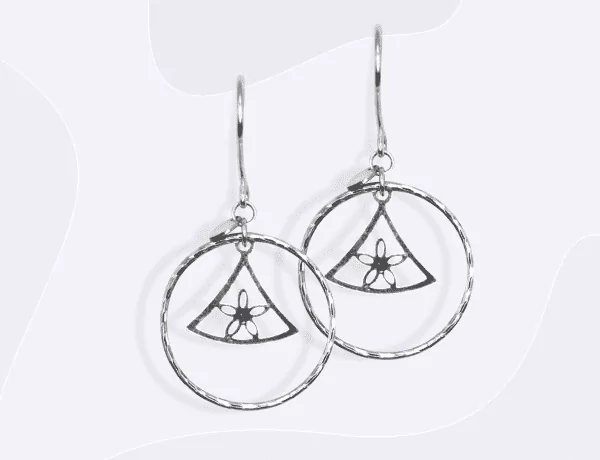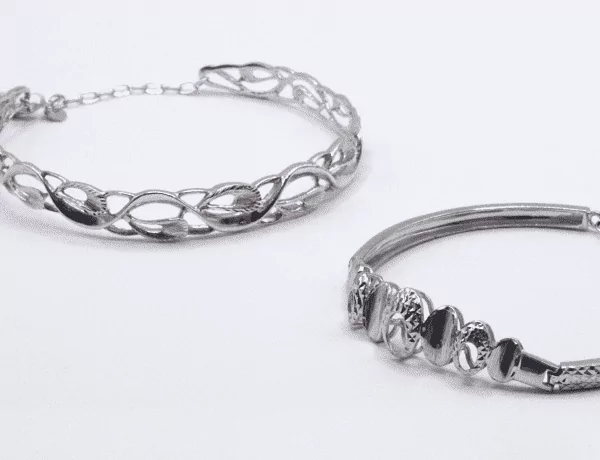Look inside a piece of platinum jewelry and you’ll see its purity stamp. The Federal Trade Commission demands specific marks for the content of any precious metal alloy. To protect American consumers, a high-content platinum alloy will be marked 950Pt, 950, plat or platinum, meaning that it’s at least 95% pure, elemental platinum. It’s also the only platinum alloy that can simply bear the “Platinum” stamp to identify that it’s 95% pure platinum. Other common metals that comprise the remaining 5% are iridium, ruthenium or cobalt. Another platinum alloy that’s popular in the United States contains 900 parts platinum to 100 parts other metals. The stamp for this particular alloy, per FTC guidelines, is 900Pt. In the United States, a brand’s registered hallmark must also accompany the purity stamp.






